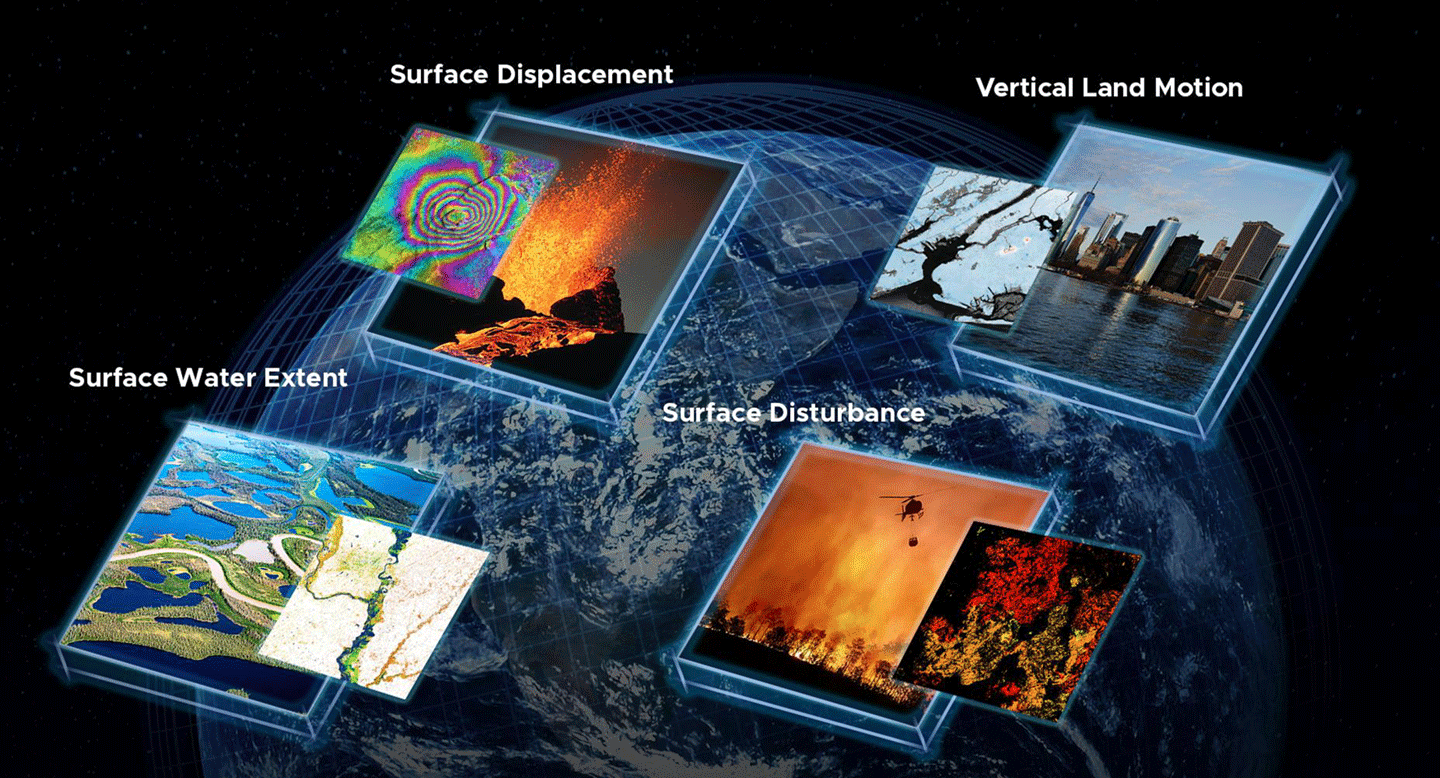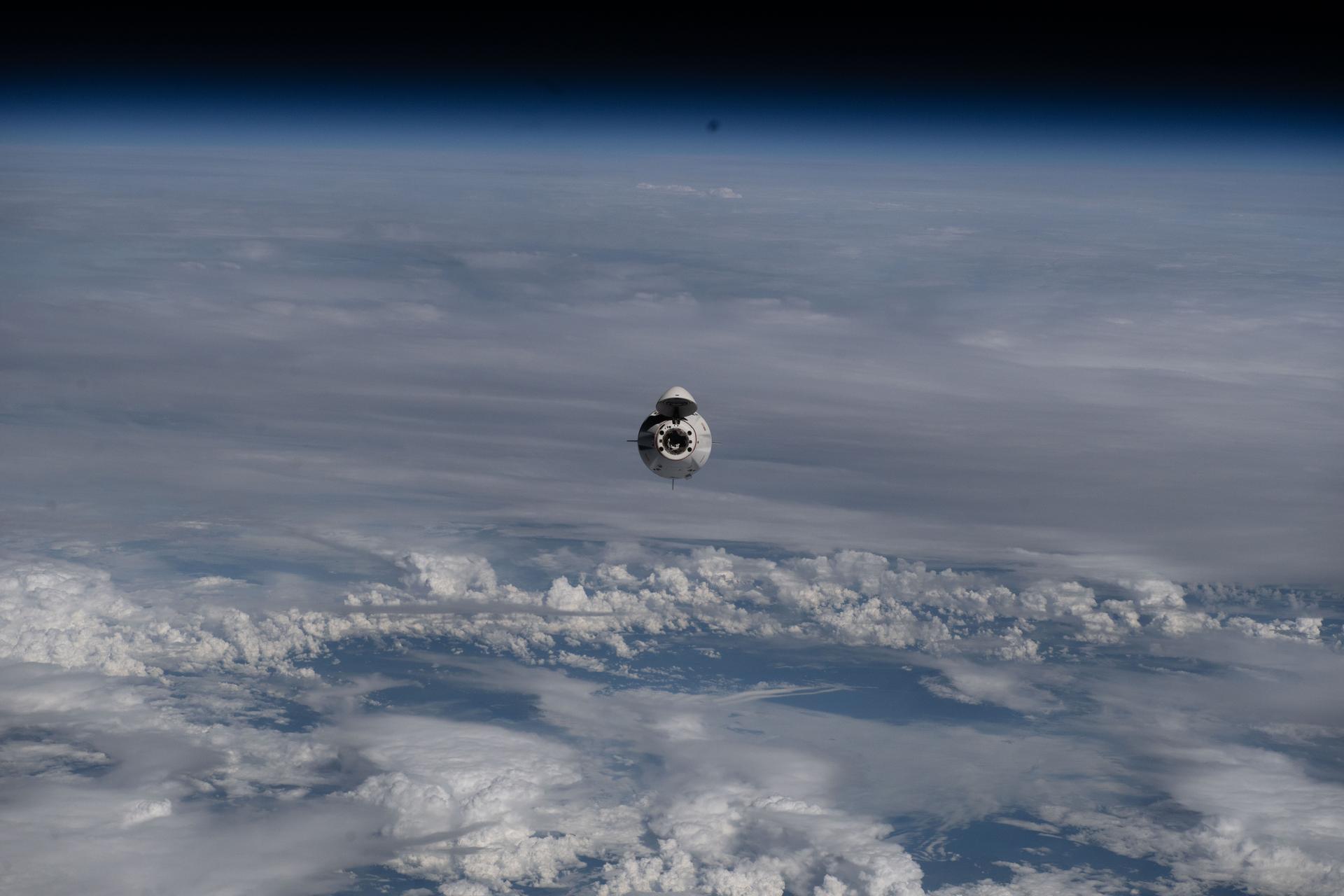Ranger 1
Type
Launch
Target
results
What was Ranger 1?
NASA’s Ranger 1 was a test mission for future Ranger spacecraft that would explore the Moon. It also carried several experiments. The probe was supposed to enter a highly elliptical Earth orbit that would take it beyond the Moon. A rocket malfunction stranded it in low-Earth orbit and it reentered the atmosphere.
| Nation | United States of America (USA) |
| Objective(s) | Highly Elliptical Earth Orbit |
| Spacecraft | P-32 |
| Spacecraft Mass | 675 pounds (306.18 kilograms) |
| Mission Design and Management | NASA/Jet Propulsion Laboratory |
| Launch Vehicle | Atlas Agena B (Atlas Agena B no. 1 / Atlas D no. 111 / Agena B no. 6001) |
| Launch Date and Time | Aug. 23, 1961 / 10:04 UT |
| Launch Site | Cape Canaveral Air Force Station, Fla. / Launch Complex 12 |
| Scientific Instruments | 1. Electrostatic Analyzer 2. Photoconductive Particle Detectors 3. Rubidium Vapor Magnetometer 4. Triple Coincidence Cosmic-Ray Telescope 5. Cosmic Ray Integrating Ionization Chamber 6. X-Ray Scintillation Detectors 7. Micrometeoroid Dust Particle Detectors 8. Lyman Alpha Scanning Telescope |
Firsts
- First American spacecraft to use a parking orbit around Earth prior to a deep space mission
Key Dates
Aug. 23, 1961: Launch
Aug. 27, 1961: Telemetry stopped
Aug. 30, 1961: Reentered Earth's atmosphere
Results
Ranger 1 was the first in a series of standardized NASA spacecraft designed to take photos of the surface of the Moon in advance of soft lunar landing missions. The spacecraft consisted of a tubular central body connected to a hexagonal base containing basic equipment required for control and communications. Power was provided by solar cells and a silver-zinc battery.
Ranger 1’s specific mission was to test the performance of the new technologies intended for later Ranger missions and to study the nature of particles and fields in interplanetary space. Its intended orbit was 37,300 × 684,000 miles (60,000 × 1.1. million kilometers).
Ranger 1 was the first American spacecraft to use a parking orbit around Earth prior to a deep space mission.
In this case, the Agena B upper stage cut off almost immediately after its ignition for translunar injection instead of firing for 90 seconds. The probe remained stranded in low Earth orbit (311 × 104 miles or 501 × 168 kilometers) and telemetry ceased by Aug. 27, 1961, when the main battery went dead. The spacecraft reentered Earth’s atmosphere three days later.
The cause of the Agena failure was traced to a malfunctioning switch which had prematurely choked the flow of red fuming nitric acid to the rocket engine.
Key Source
Siddiqi, Asif A. Beyond Earth: A Chronicle of Deep Space Exploration, 1958-2016. NASA History Program Office, 2018.



































